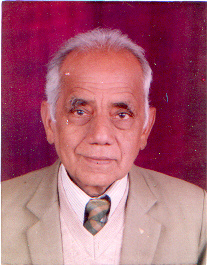Oxygen Lone Pair Electrons behind Amazing Properties of Water-electrolysis Gas-mixture
Year: 2010 Pages: 3
Keywords: Brown's Gas, Lone pair electrons, Electrolysis, Water electrolysis gasses
The entire mixture of gasses evolving from water electrolysis' referred to by some as Brown's gas has a 'cool' flame about 130??C (266?? F) yet is able to melt steel, brick and many other metals; it heats but does not boil water and it burns in vacuum. These unusual characteristics seem to defy current Chemistry but can be understood by involving the lone pair electrons of oxygen. The SP3 hybridization creates four equivalent electron orbitals for oxygen atom, two bond-pair and two lone-pair. The energy levels of the bond-pair electron are widely and unevenly spaced, the difference between adjacent energy levels decreasing at higher levels. The lone-pair electrons, in contrast, have narrow and equi-spaced energy levels. A bond-pair electron when excited to higher energy returns to the ground state immediately within a pico to micro second. The lone-pair electron however stays in its higher energy state for long. During water-electrolysis the negatively charged electrons flow from the cathode to the anode inside the electrolyte and from anode to cathode externally. The cation H+ is reduced or neutralized at the cathode to liberate mono-atomic (H) and diatomic (H2) hydrogen gas. The anion OH- is oxidized at the anode to produce mono-atomic (O) and diatomic (O2) oxygen gas and water (H2O) vapor plus electrons (e-), which are transported externally to the cathode. The electrical energy of electrolysis promotes the lone-pair electrons of oxygen atoms to higher energy levels in the oxygen gas (O, O2) and in water (H2O) vapor. Since the energy difference ??E between adjacent levels is small the life time ??t, related by the equation ??E . ??t ?? h/2??, is long to keep them stay promoted for a long time even after electrolysis. This increases the heat of combustion of the water-electrolysis gas-mixture, which though 'cool' at about 130??C (266?? F) can melt metals. When the electrolysis gas torch is directed to liquid water, gas's water vapor component quietly dissolves unburnt without producing enough heat to boil the liquid water. But water does boil if the gas torch heats the container from outside. It burns in vacuum because no oxygen is needed from outside. No other theory, past or current, is so natural and explanatory.


